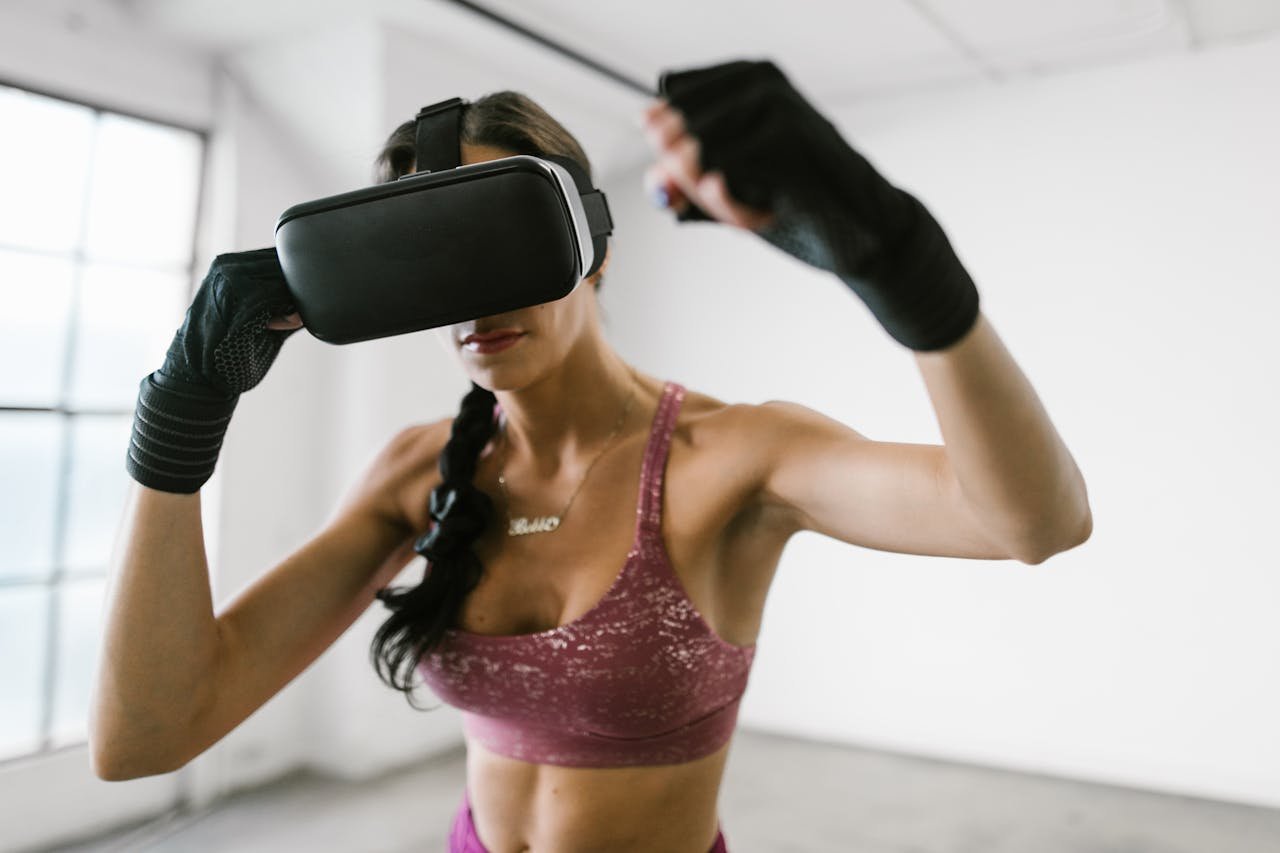Feeling sore after a massage might seem like a surprise, especially when you’re expecting relaxation and relief. But don’t worry—this discomfort is actually quite common. Let’s dive into why you might experience soreness after a massage and share some tips on how to manage it effectively.
What is Muscle Soreness?
Muscle soreness, often referred to as delayed onset muscle soreness (DOMS), is a common reaction after physical activity or muscle manipulation. It typically manifests as stiffness or discomfort in the muscles, which can appear a few hours to a day after the activity. This kind of soreness is usually temporary and a sign that your muscles are adjusting.
Normal vs. Abnormal Soreness
Not all post-massage discomfort is created equal. Normal soreness is usually mild and fades within a day or two. Check out the link for tips on managing post massage soreness. However, if you experience sharp pain, bruising, or prolonged discomfort, it might be a sign of something more serious, such as an injury or overexertion.
Why Do Muscles Get Sore After a Massage?
Increased Blood Flow
One of the reasons you might feel sore is due to increased blood flow to the muscles. A massage stimulates circulation, which helps to deliver nutrients and remove waste products from your muscles. This enhanced blood flow can sometimes lead to temporary soreness as your body adjusts.
Muscle Manipulation
The techniques used during a massage, such as kneading, rubbing, and stretching, can put pressure on your muscles and surrounding tissues. This manipulation helps to release muscle tension but can also cause soreness as the muscles respond to the pressure and adjustments.
Release of Toxins
There’s a common theory that massages help to release toxins stored in muscles, which can contribute to post-massage soreness. While the concept of “toxins” is debated, the idea is that the massage helps to flush out accumulated waste products, which might lead to temporary discomfort.
How to Manage and Reduce Soreness
Immediate Aftercare
Hydration: Drinking plenty of water is crucial after a massage. It helps to flush out toxins and supports the healing process. Staying hydrated can also reduce muscle stiffness and discomfort.
Rest and Recovery: Allow your muscles time to recover naturally. Avoid strenuous activities immediately after a massage and give your body a chance to relax and adapt.
Home Remedies
Heat Therapy: Applying a warm compress or taking a warm bath can help soothe sore muscles and increase blood flow, which may alleviate discomfort.
Gentle Stretching: Light stretching or yoga can help relieve muscle tightness and improve flexibility. Just be sure to keep the stretches gentle to avoid further strain.
Over-the-Counter Pain Relief: If the soreness is bothersome, over-the-counter pain relievers or topical treatments like arnica gel can provide temporary relief.
Long-Term Strategies
Consistent Massage Schedule: Regular massages can help your body adjust and reduce the frequency of soreness over time. Consistency can also help maintain muscle health and relaxation.
Pre-Massage Preparation: Prepare your body before a massage by engaging in light exercise, staying hydrated, and communicating any concerns with your therapist. This preparation can help minimise post-massage discomfort.
When to Seek Professional Advice
Persistent or Severe Pain
If you experience pain that doesn’t go away or worsens over time, it’s a good idea to consult a healthcare professional. Persistent soreness might indicate an underlying issue that requires attention.
Signs of Injury or Infection
Be on the lookout for signs such as severe pain, swelling, bruising, or symptoms of infection. These red flags suggest that the soreness might be related to an injury or other health concerns and warrant a visit to a medical professional.
Tips for Relaxing After a Massage
We all know that massages are supposed to be relaxing. Of course, the experience itself allows you to unwind and forget all of your troubles. The techniques used by the therapist can also be calming and remove tension from the body. But, if you really want to get the most benefit from this massage, you need to carry on relaxing after the appointment. Then, you can enjoy the benefits of relaxed muscles and lower cortisol levels. Here are some tips on how you can unwind after the massage and keep the experience going.
Take a Bath
Getting into the bath after a massage is a good to look after your body and mind. In particular, make it warm and use Epsom salts. This can help the muscles to relax, as well as provide an enjoyable experience. You can listen to music and rest for a while. Light some candles and enjoy some ‘me time’.
Avoid Exercise
Remember that you want to keep your muscles rested after a massage. This allows them to recover and rejuvenate. So, you need to avoid doing any strenuous exercise after your appointment. Make it a priority to sit on the sofa and enjoy some quiet time. When you allow your body to rest and recuperate, you’re going to feel the benefits. Then, you’ll have more energy to enjoy all the activities you love.
Conclusion
In summary, experiencing soreness after a massage is generally a normal part of the process, especially if it’s your first time getting a deep tissue massage or if you’ve had a particularly intense session. By following the tips we’ve outlined for managing soreness and understanding the reasons behind it, you can make the most out of your massage experience.













